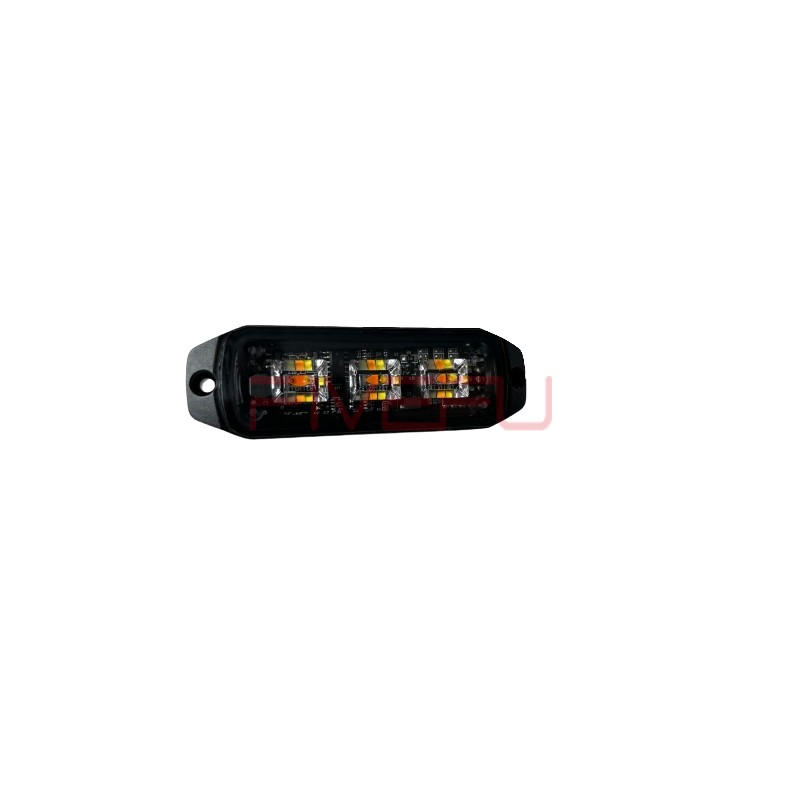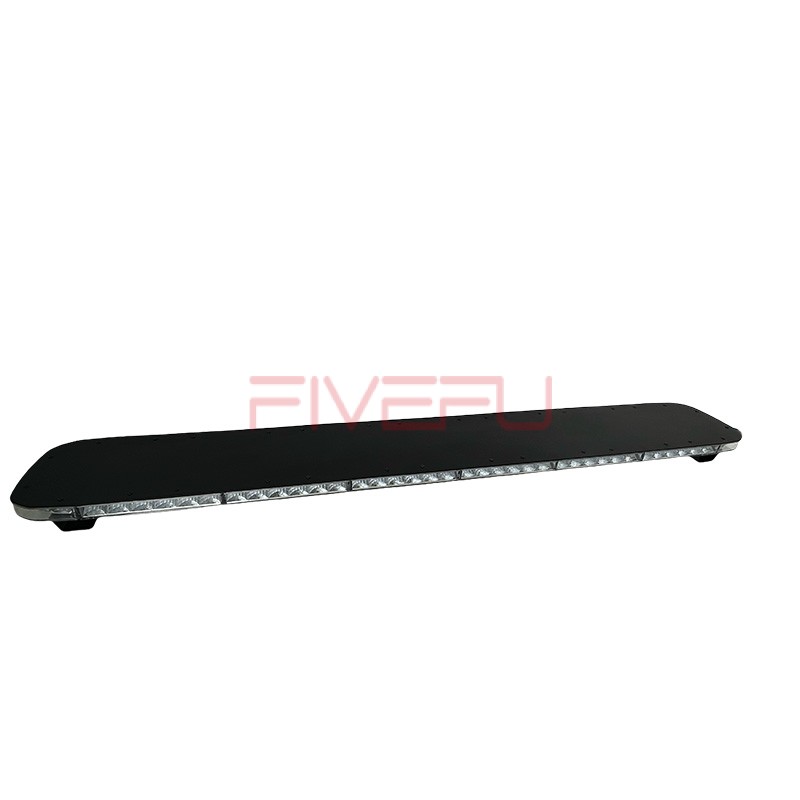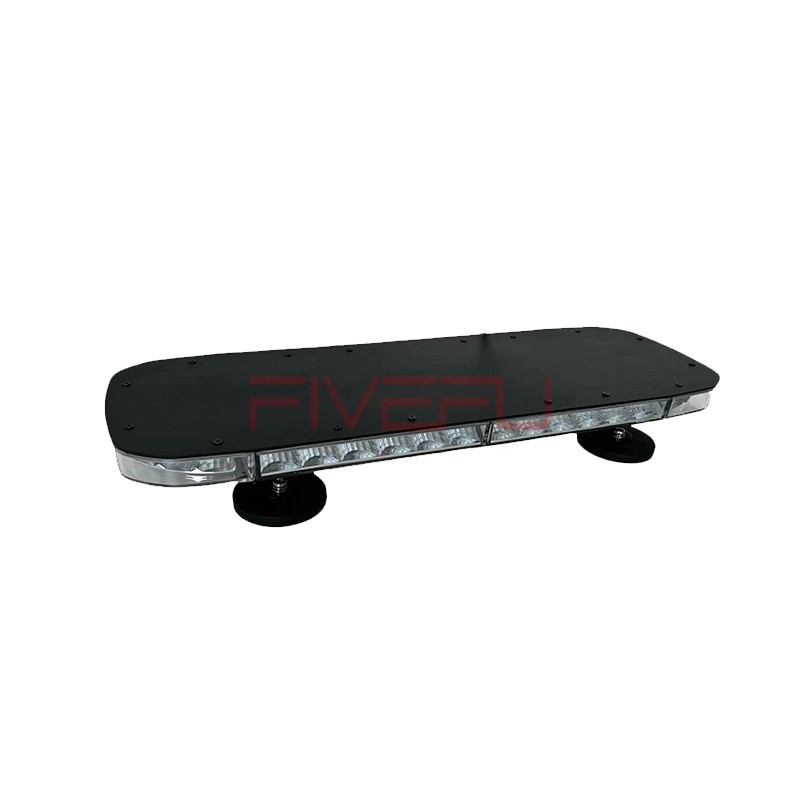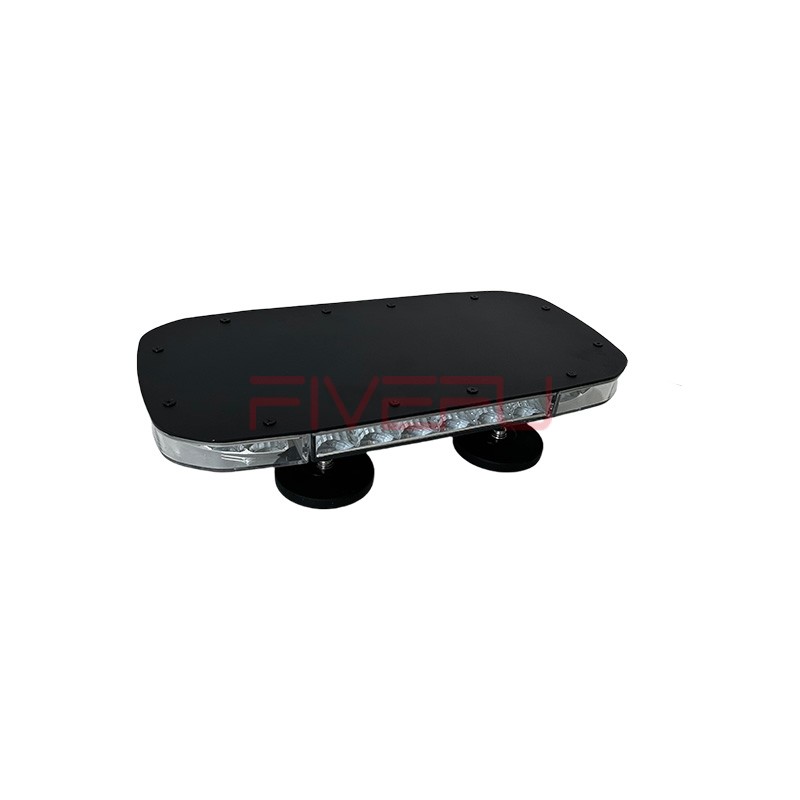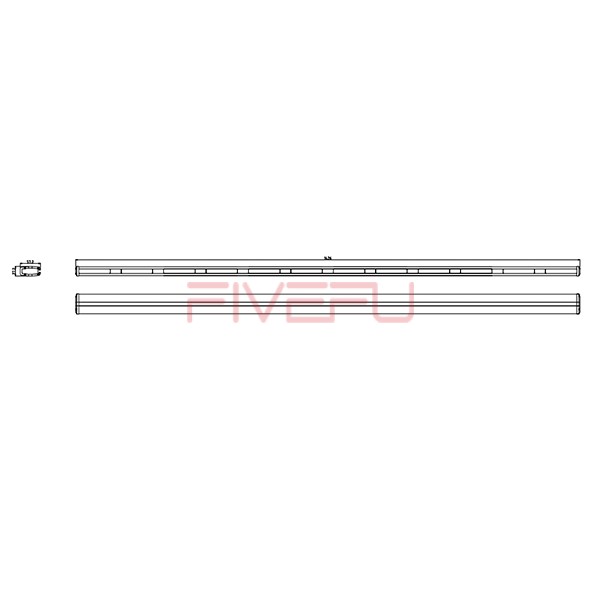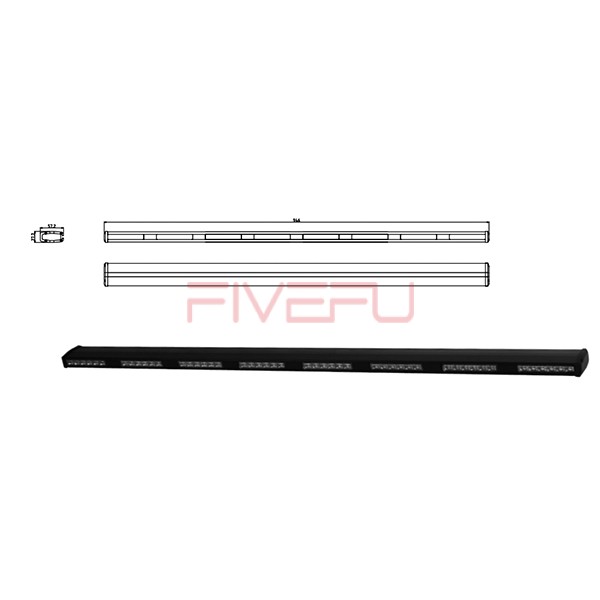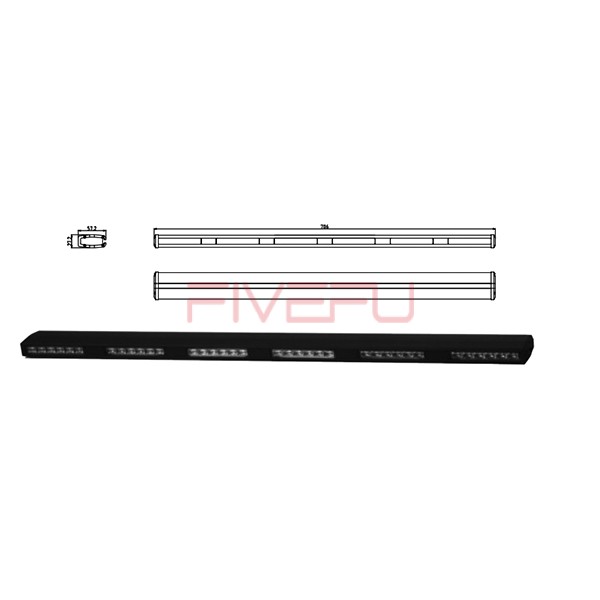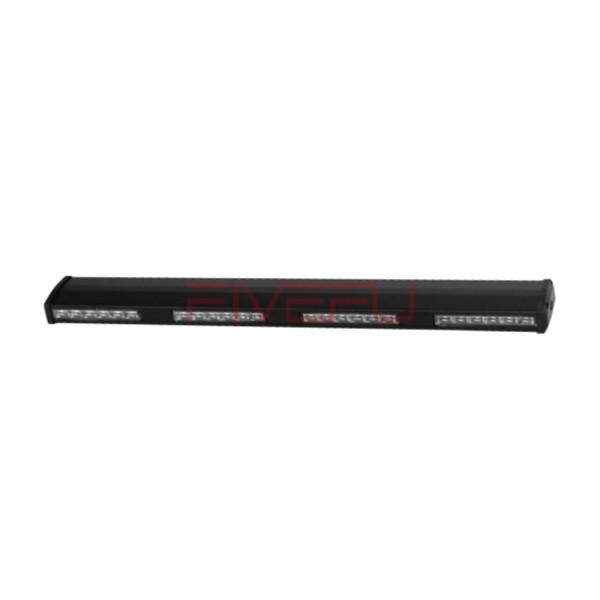Traditional light bulbs fail often, but LED bulbs promise longevity. However, issues like flickering, color shifts, and overheating can ruin the experience. Understanding these problems ensures better choices and longer-lasting lighting solutions.
LED bulbs offer energy efficiency and durability, but common issues include flickering, overheating, color inconsistency, dimming compatibility, and premature failure. Proper selection and installation can help prevent these problems.
Understanding these challenges helps ensure that you choose the right LED bulbs for your home or workspace. Let’s explore these issues in detail.
1. Flickering Issues
One of the most frustrating issues with LED bulbs is flickering. Flickering can occur due to voltage fluctuations, incompatible dimmer switches, or poor-quality LED drivers.
Causes of Flickering
- Incompatible dimmer switches: Traditional dimmers may not work well with LEDs.
- Poor electrical connections: Loose wiring can cause interruptions.
- Voltage fluctuations: Unstable power sources affect LED performance.
How to Prevent Flickering
- Use LED-compatible dimmers to avoid incompatibility.
- Ensure proper wiring and avoid loose connections.
- Install high-quality LED bulbs with stable drivers.
2. Overheating Concerns
While LEDs produce less heat than incandescent bulbs, they are still prone to overheating, especially when placed in enclosed fixtures.
Why LED Bulbs Overheat
- Poor ventilation: Enclosed fixtures trap heat.
- Low-quality materials: Inferior LEDs lack heat dissipation.
- Overloaded circuits: High wattage on the same circuit causes excess heat.
Solutions to Overheating
- Use LED bulbs designed for enclosed fixtures.
- Install bulbs with metal heat sinks to improve cooling.
- Avoid overloading electrical circuits.
3. Color Inconsistencies
LED bulbs can exhibit inconsistent color temperatures, leading to mismatched lighting tones.
Reasons for Color Shifts
- Low-quality phosphor coatings: Inexpensive LEDs may change color over time.
- Aging LEDs: Long-term use can alter color temperature.
- Voltage variations: Fluctuations affect light output.
How to Maintain Consistent Color
- Choose high-quality LED brands.
- Stick to the same color temperature across your home.
- Use voltage stabilizers to maintain steady power supply.
4. Dimming Compatibility Issues
LED bulbs do not always work well with existing dimmer switches, leading to flickering or an inability to dim properly.
Causes of Dimmer Issues
- Old dimmers: Designed for incandescent bulbs, not LEDs.
- Low minimum loads: LEDs use less power than dimmers expect.
- Incompatible LED drivers: Some LEDs do not support dimming.
Fixing Dimmer Problems
- Use LED-compatible dimmer switches.
- Ensure the bulb is labeled as dimmable.
- Consider smart lighting options with adjustable brightness settings.
5. Premature Failure
Despite their long lifespan, some LED bulbs fail earlier than expected.
Why LED Bulbs Die Early
- Manufacturing defects: Poorly made LEDs degrade faster.
- Power surges: Sudden voltage spikes damage electronics.
- Excessive heat: Shortens LED lifespan significantly.
Extending LED Lifespan
- Buy from reputable brands with quality components.
- Use surge protectors to prevent power damage.
- Install LEDs in well-ventilated fixtures.
6. High Initial Costs
LED bulbs are more expensive upfront than incandescent or CFL bulbs.
Reasons for Higher Prices
- Advanced technology: LED manufacturing is more complex.
- Quality components: High-grade materials cost more.
- Extended lifespan: Investment saves money over time.
How to Offset Costs
- Look for energy rebates and incentives.
- Consider long-term savings on electricity bills.
- Buy in bulk to reduce costs.
7. Limited Outdoor Performance
Some LED bulbs may struggle in extreme outdoor conditions, leading to failures in cold or wet environments.
Outdoor LED Problems
- Temperature sensitivity: Extreme cold can reduce efficiency.
- Water damage: Non-waterproof LEDs fail in rain.
- Dust accumulation: Can degrade light output.
Solutions for Outdoor LEDs
- Use weather-resistant LED bulbs.
- Install sealed fixtures for added protection.
- Regularly clean and maintain outdoor lights.
8. Blue Light Exposure
Excessive blue light from LED bulbs may cause eye strain and sleep disturbances.
Effects of Blue Light
- Disrupts sleep patterns: Suppresses melatonin production.
- Causes eye fatigue: Long exposure can lead to discomfort.
- Increases screen glare: Enhances digital strain.
Reducing Blue Light Impact
- Use warm white or soft white LEDs.
- Install blue light filters for nighttime use.
- Reduce exposure before bedtime.
Conclusion
LED bulbs offer great energy efficiency but can have issues like flickering, overheating, and dimming problems. Choosing high-quality LEDs and proper installation can prevent these problems for long-lasting lighting solutions.
